- 10000uf 400v screw electrolytic capacitor
- Load life:6000 hours at +105°c.
- Size: 90*196mm
- MOQ:10PCS.
- Price: 1~20usd/pcs
- Free Sample
- OEM/ODM services
Good Quality 10000UF 400V Screw Terminal Capacitor
Description
Good Quality 10000UF 400V Screw Terminal Capacitor
Xuansn manufacturing and supply of 6000 hours 105℃ Good Quality 10000UF 400V Screw Terminal Capacitor.
A screw terminal capacitor, also known as a terminal block capacitor, is a type of capacitor that features screw terminals for easy and secure electrical connections. Unlike traditional capacitors with solder or wire leads, screw terminal capacitors allow for quick and reliable installation in applications where frequent disconnection or replacement may be required.
The capacitor itself functions as a passive electronic component that stores and releases electrical energy. It consists of two conductive plates, usually made of metal, separated by an insulating material called a dielectric. When a voltage is applied across the capacitor terminals, it charges up by accumulating electric charges on its plates. This stored energy can then be released when needed, providing a sudden burst of power or smoothing out voltage fluctuations.
The screw terminals on a screw terminal capacitor provide a convenient means of connecting it within an electrical circuit. The terminals typically have screws that can be tightened to securely hold the wire or conductor in place. This design allows for a reliable and robust connection, which is particularly useful in industrial or high-vibration environments where traditional soldered connections may be less reliable.
- Surge voltage : 450v
- Opearing temperature : -40℃ ~ 105℃
- Capacitance tolerance : 20%
- Max ESR : 22mΩ
- Typ ESR : 12mΩ
- Ripple current: 21.7 mAmrs
- Size : 90*196mm
Specification of Long Life Screw Terminal Type capacitor
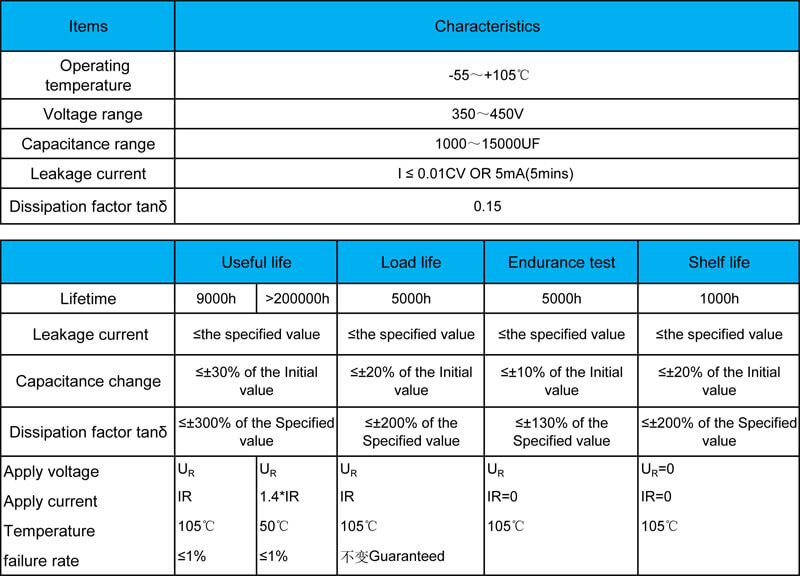
Dimensions(mm)

Ring Clip Dimensions:
| ΦD | A | B | a | b |
|---|---|---|---|---|
| 51.0 | 73.0 | 63.5 | 4.5 | 7 |
| 64.0 | 85.1 | 76.2 | 4.5 | 7 |
| 76.0 | 98.4 | 88.9 | 4.5 | 7 |
| 89.0 | 111.1 | 101.1 | 4.5 | 7 |
Frequency Coefficient:
| Frequency(Hz) | 50(60) | 100(120) | 300 | 1k | ≥10k |
|---|---|---|---|---|---|
| Coefficient | 0.80 | 1.00 | 1.10 | 1.30 | 1.40 |
Temperature Coefficient:
| Temperature(℃) | +40 | +60 | +85 | +105 |
|---|---|---|---|---|
| Coefficient | 2.44 | 2.16 | 2.00 | 1.00 |
Standard Ratings(at 120Hz, 105°c)
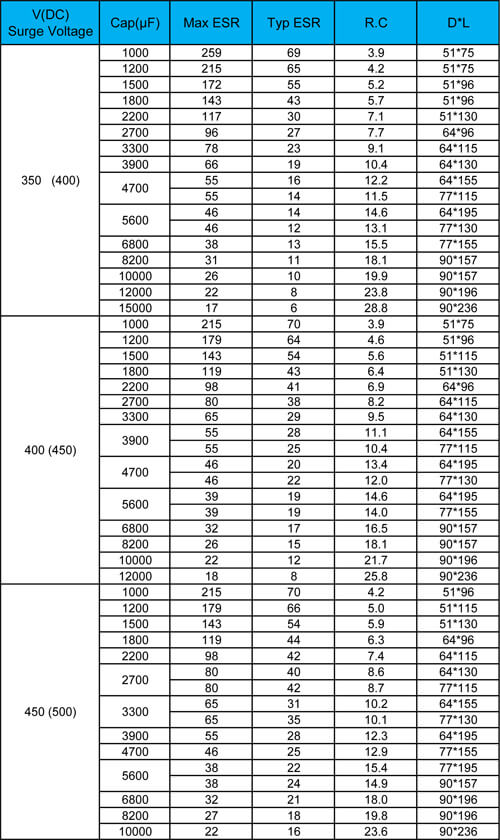
Max ESR and Typ ESR: 20℃, 120Hz
R.C (Ripple Current): 105℃, 120Hz
Our certifications

FAQ:
Does it matter which terminal you use on a capacitor?
- Yes, it matters which terminal you use on a capacitor. Capacitors are polarized components, meaning they have a specific orientation or polarity. Connecting the capacitor terminals correctly is important for its proper functioning and to prevent damage. The positive and negative terminals must be connected to the corresponding positive and negative sides of the circuit or power source.
What are the 3 terminals on a capacitor?
- In standard capacitor configurations, there are typically two terminals: a positive terminal and a negative terminal. However, there are specialized capacitors, such as electrolytic capacitors used in some applications, that may have three terminals. These capacitors are known as “polarized” capacitors and have two terminals for power connections and a third terminal called the “center tap” or “common terminal.” The center tap terminal is used for specific circuit configurations or applications, such as audio amplification or AC coupling. The center tap terminal is usually marked differently, often with a unique symbol or color band, to distinguish it from the other two terminals.
Why does a capacitor have 3 terminals?
- Capacitors with three terminals, known as “non-polarized” capacitors, are used in specific circuit configurations where the orientation or polarity of the capacitor does not matter. These capacitors are commonly used in audio circuits to block DC voltage while allowing AC signals to pass through. The third terminal, known as the common terminal, serves as a reference point for the other two terminals and allows the capacitor to function properly in these circuits.
How do you identify a capacitor terminal?
- In standard two-terminal capacitors, one terminal is usually marked with a “+” symbol or a positive sign, while the other terminal may be unmarked or have a “-” symbol to indicate the negative side. Alternatively, the negative terminal might have a shorter lead or a flat edge on the capacitor body. If the capacitor is not marked, you may need to refer to its datasheet or manufacturer’s documentation for terminal identification.
In capacitors with three terminals, the L and R terminals are typically interchangeable, while the C terminal (common) is distinct. The C terminal might be marked differently, such as with a unique symbol, color band, or a specific position on the capacitor body.
Can you hook up a capacitor wrong?
- Yes, connecting a capacitor incorrectly can have adverse effects. In polarized capacitors (with two terminals), reversing the polarity by connecting the positive terminal to the negative side of the circuit or power source and vice versa can lead to malfunction, increased voltage stress, leakage, or even capacitor failure. It’s crucial to observe the polarity markings and connect the capacitor properly.
For non-polarized capacitors with three terminals, mixing up the connections can affect the intended functionality of the circuit. While the L and R terminals are interchangeable, connecting the common terminal (C) incorrectly can disrupt the desired circuit behavior. It’s important to consult the circuit diagram or documentation to ensure proper terminal connections for non-polarized capacitors.
If you have any interesting and problems, please contact us!
Email: sales1@xuanxcapacitors.com
Ph (whatsapp): +86-18825879082
Skype: Coco.PSH
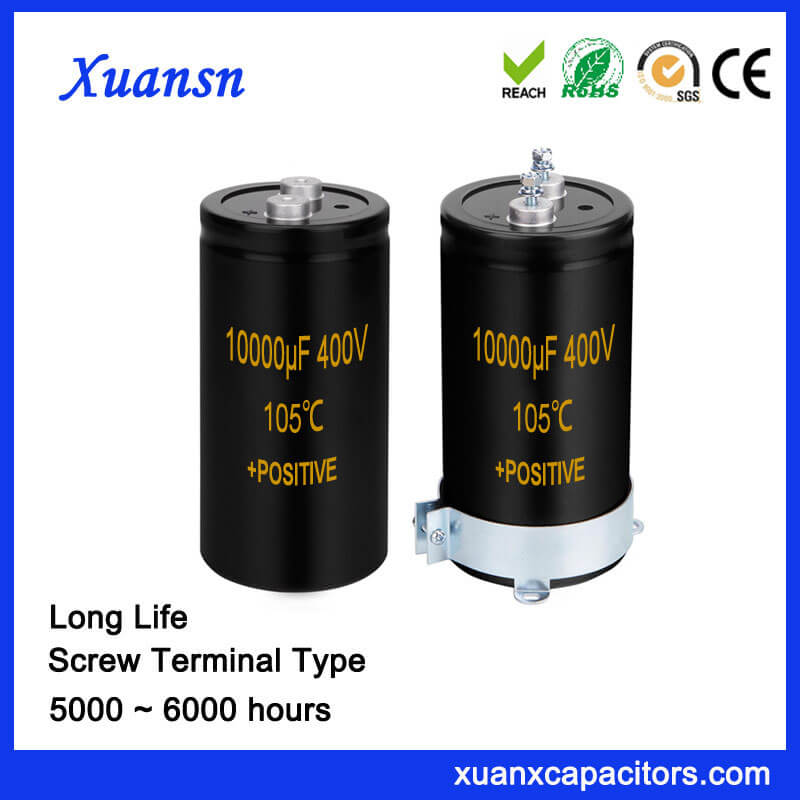
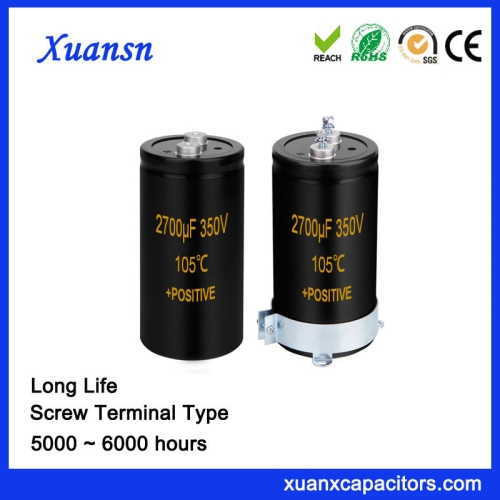
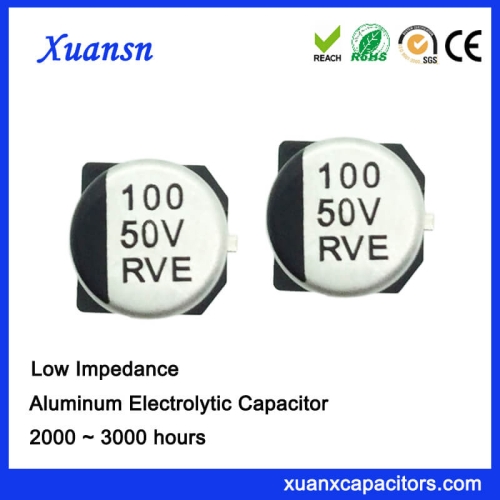
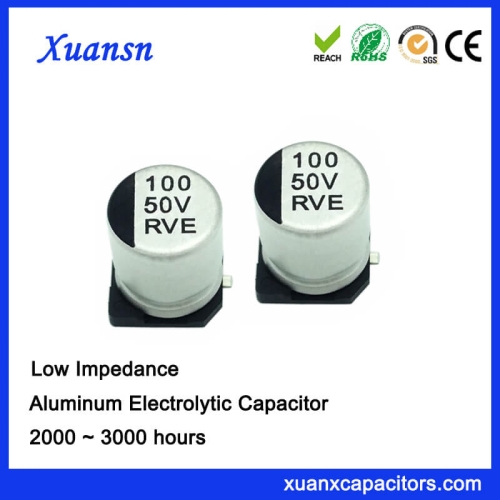
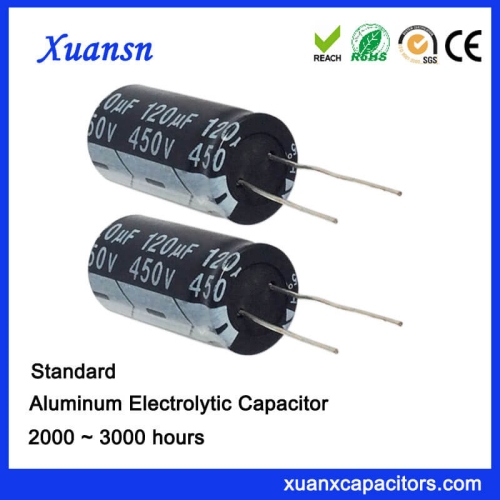
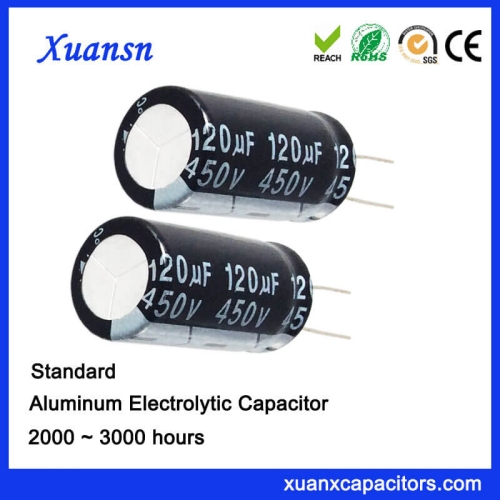
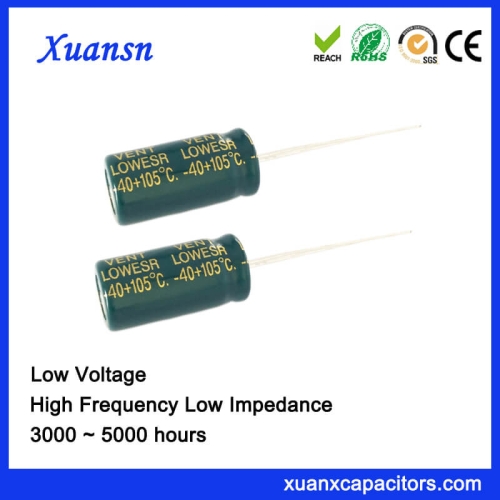
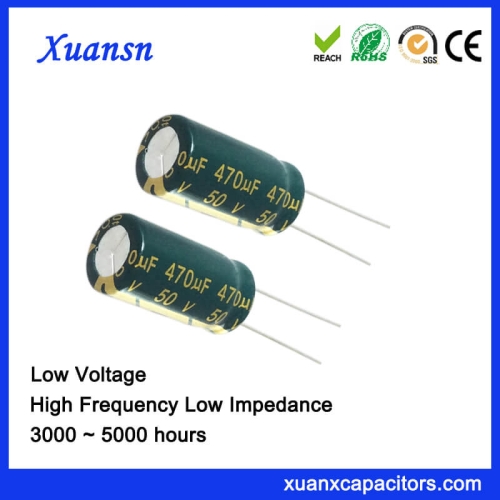
Reviews
There are no reviews yet.